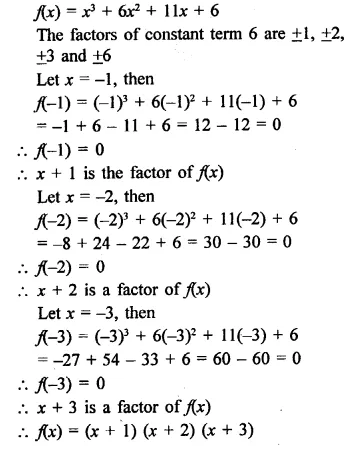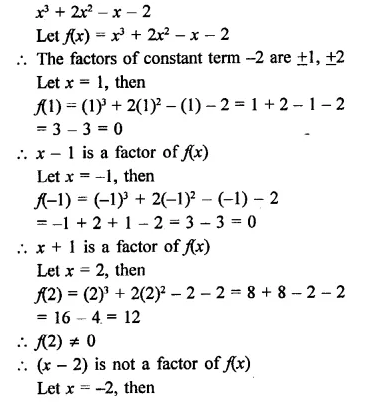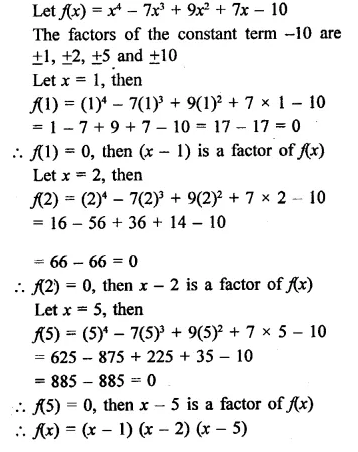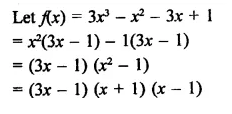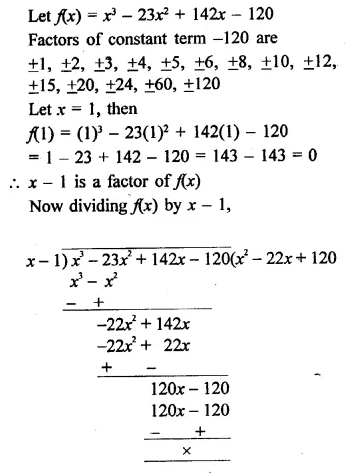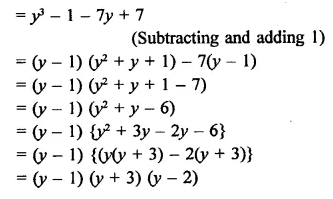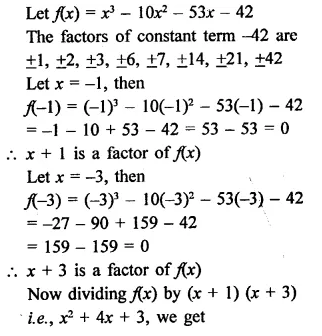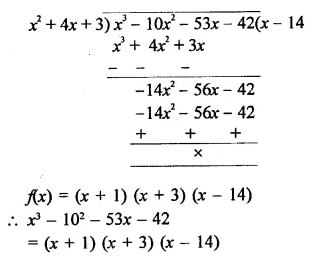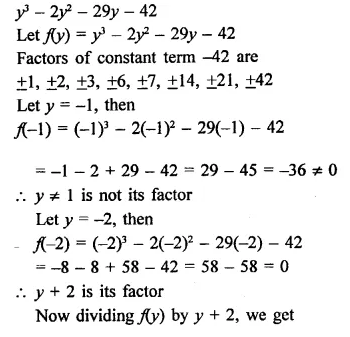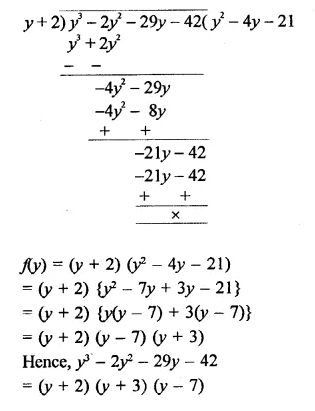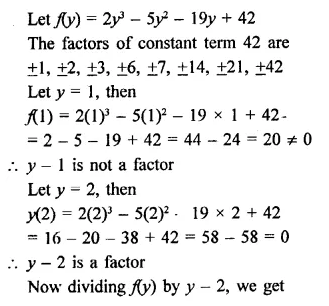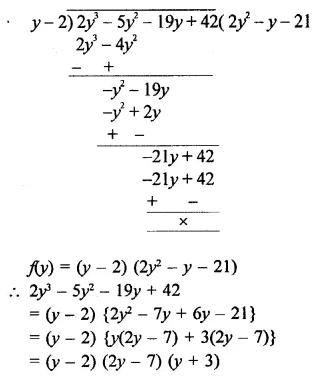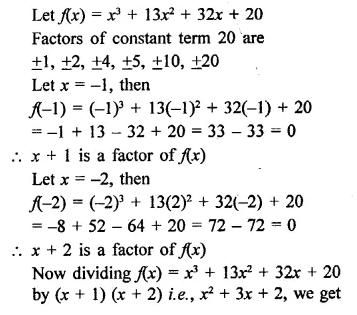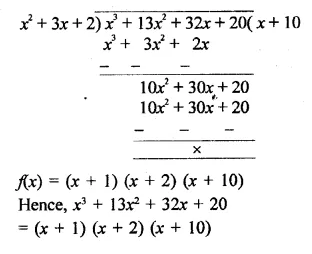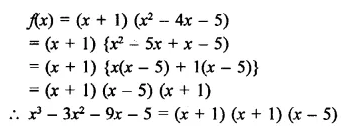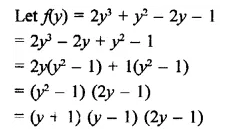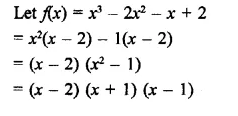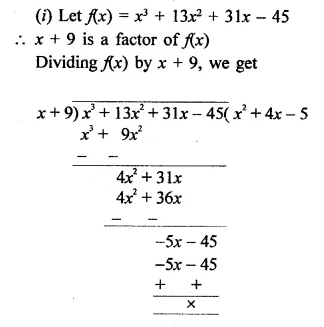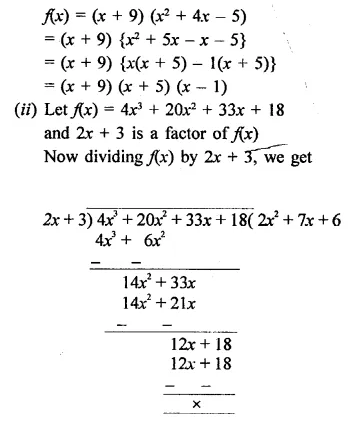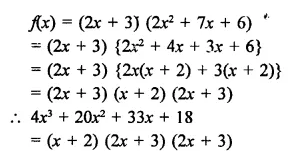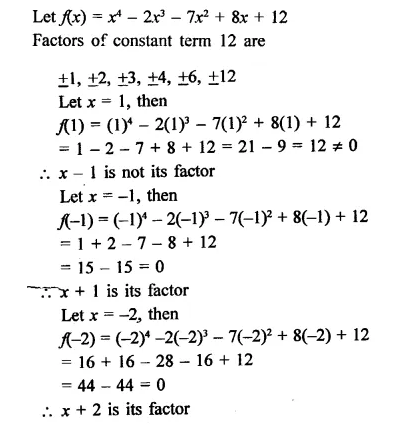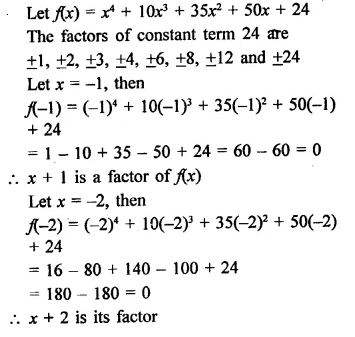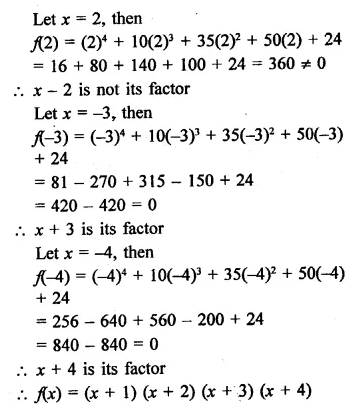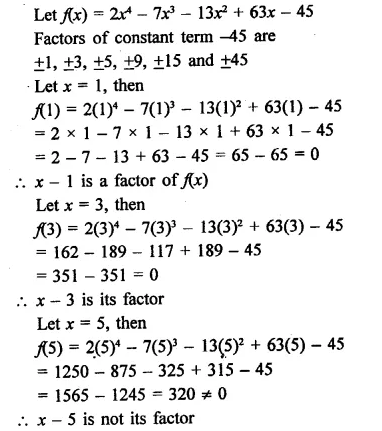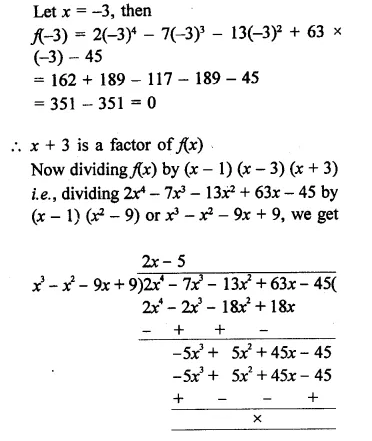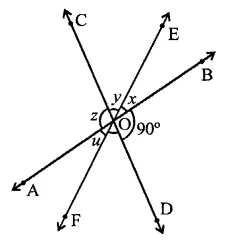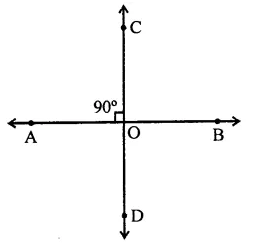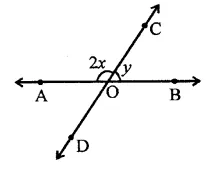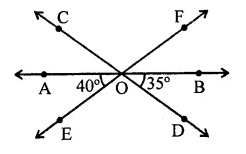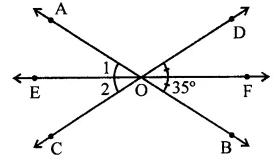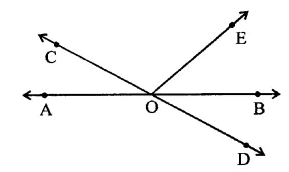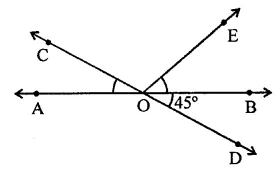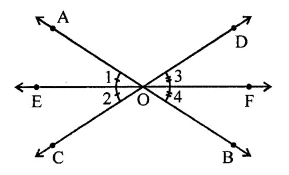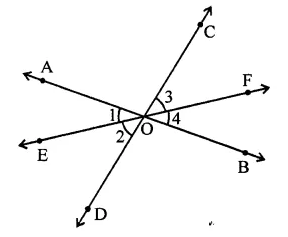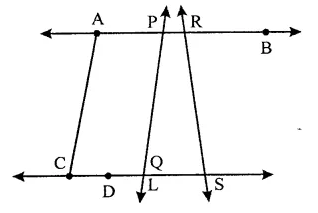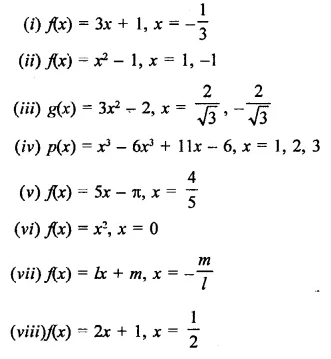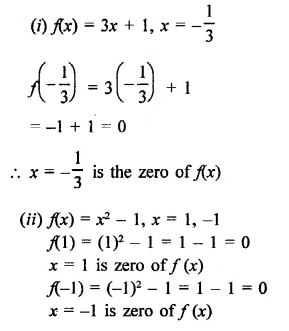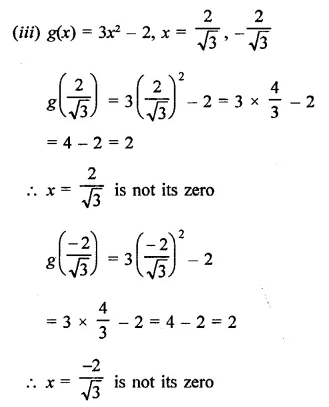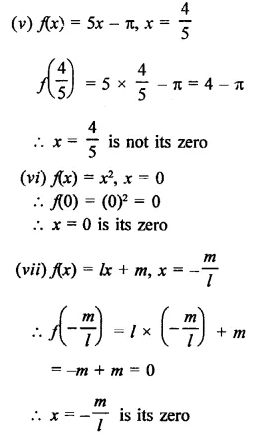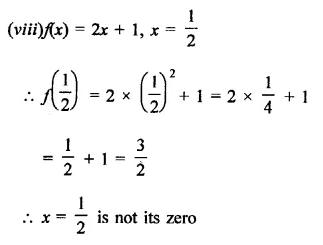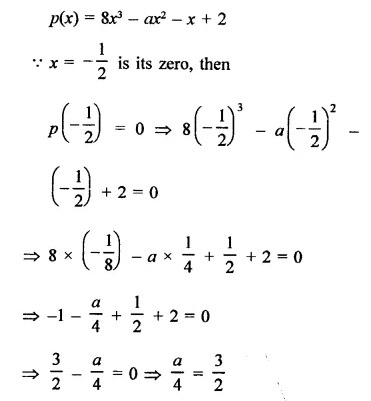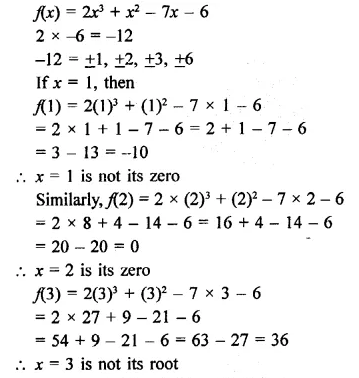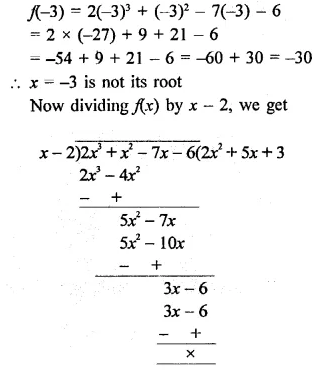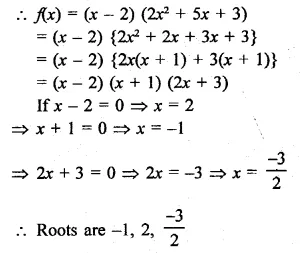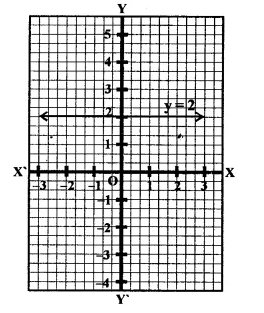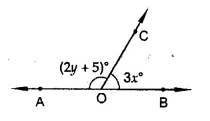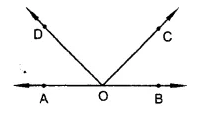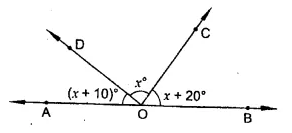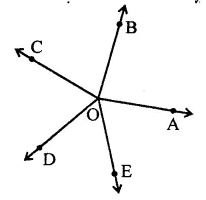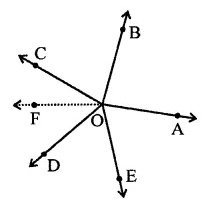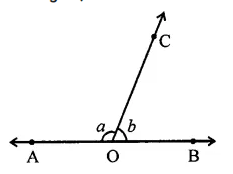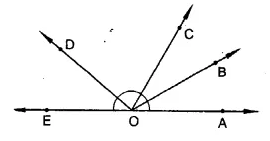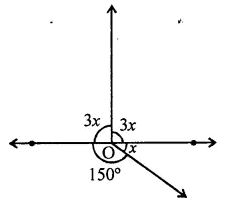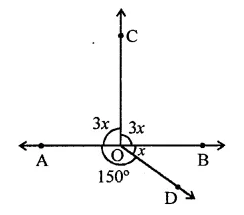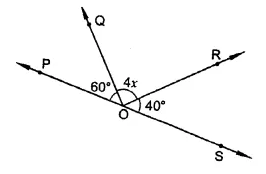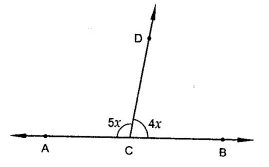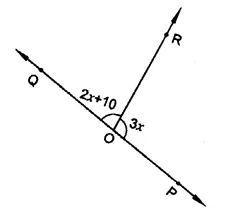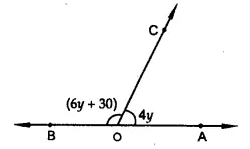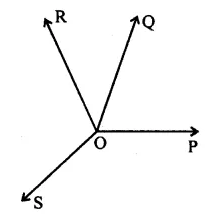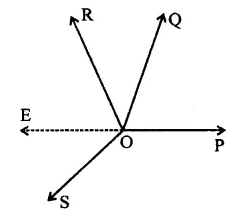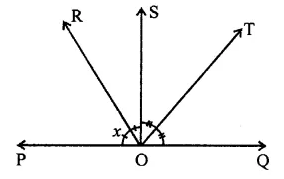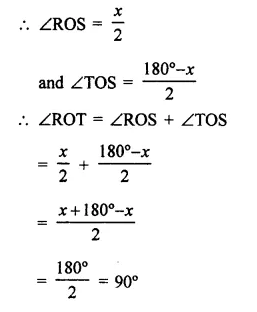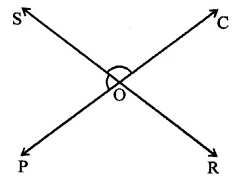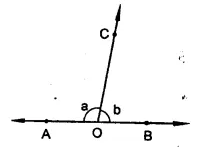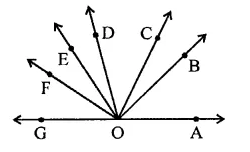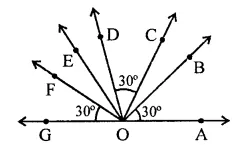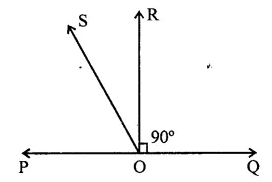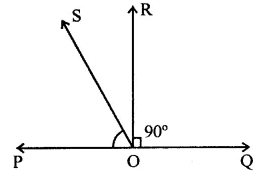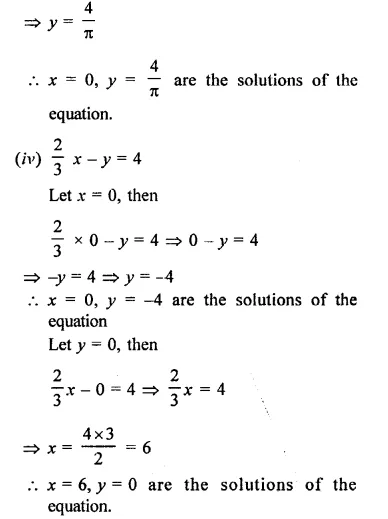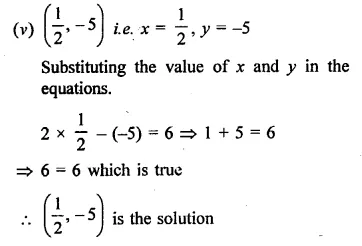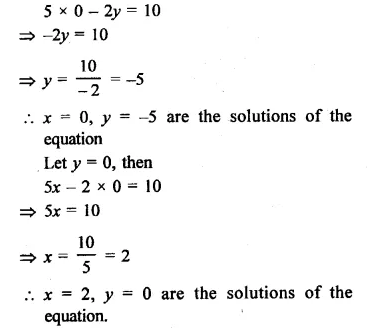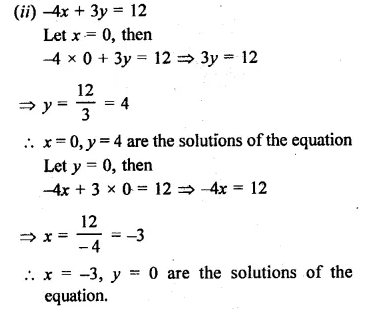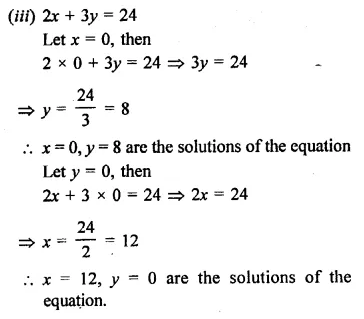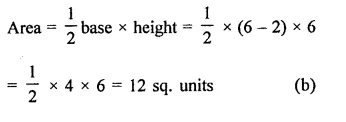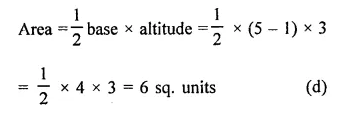RD Sharma Class 9 Solutions Chapter 7 Introduction to Euclid’s Geometry Ex 7.1
These Solutions are part of RD Sharma Class 9 Solutions. Here we have given RD Sharma Class 9 Solutions Chapter 7 Introduction to Euclid’s Geometry Ex 7.1
Other Exercises
- RD Sharma Class 9 Solutions Chapter 7 Introduction to Euclid’s Geometry Ex 7.1
- RD Sharma Class 9 Solutions Chapter 7 Introduction to Euclid’s Geometry Ex 7.2
- RD Sharma Class 9 Solutions Chapter 7 Introduction to Euclid’s Geometry Ex 7.3
- RD Sharma Class 9 Solutions Chapter 7 Introduction to Euclid’s Geometry Ex 7.4
- RD Sharma Class 9 Solutions Chapter 7 Introduction to Euclid’s Geometry VSAQS
- RD Sharma Class 9 Solutions Chapter 7 Introduction to Euclid’s Geometry MCQS
Question 1.
Express the following linear equations in the form ax + by + c = 0 and indicate the values of a, b and c in each case:
(i) -2x + 3y = 12
(ii) x-\(\frac { y }{ 2 }\) -5 = 0
(iii) 2x + 3y = 9.35
(iv) 3x = -7y
(v) 2x + 3 = 0
(vi) y – 5 = 0
(vii) 4 = 3x
(viii) y = \(\frac { x }{ 2 }\)
Solution:
(i) -2x + 3y = 12
⇒ -2x + 3y – 12 = 0
Here a -2, b = 3, c = – 12
(ii) x – \(\frac { y }{ 2 }\) -5 = 0
Here a = 1, b =\(\frac { 1 }{ 2 }\) ,c = -5
(iii) 2x + 3y = 9.35
⇒ 2x + 3y – 9.35 = 0
Here a = 2, b = 3, c = – 9.35
(iv) 3x = -7y
⇒ 3x + 7y + 0 = 0
Here a = 3, b = 7,c = 0
(v) 2x + 3 = 0
⇒ 2x + 0y + 3 = 0
Here a = 2, b = 0, c = 3
(vi) y-5 = 0 ⇒ ox+y-5 = 0
Here a = 0, b = 1, c = -5
(vii) 4 = 3x
⇒ 3x – 4 = 0
⇒ 3x + 0y – 4 = 0
Here a = 3, b = 0, c = -4
(Viii) y= \(\frac { x }{ 2 }\)
⇒ \(\frac { x }{ 2 }\) – y+ 0 = 0
⇒ x-2y + 0 = 0
Here a = 1, y = -2, c = 0
Question 2.
Write each of the following as an equation in two variables.
(i) 2x = -3
(ii) y = 3
(iii) 5x = \(\frac { 7 }{ 2 }\)
(iv) y =\(\frac { 3 }{ 2 }\)x
Solution:
(i) 2x = -3⇒ 2x + 3 = 0
⇒ 2x + 0y + 3 = 0
(ii) y= 3 ⇒ y-3=0
⇒ 0x+ y-3 = 0
(iii) 5x =\(\frac { 7 }{ 2 }\) ⇒ 10x = 7
⇒ 10x + 0y – 7 = 0
(iv) y=\(\frac { 3 }{ 2 }\)x⇒2y = 3x
⇒ 3x – 2y + 0 = 0
Question 3.
The cost of ball pen is ₹5 less than half of the cost of fountain pen. Write this statement as a linear equation in two variables.
Solution:
Let cost of a fountain pen = ₹x
and cost of ball pen = ₹y
∴ According to the condition,
y = \(\frac { x }{ 2 }\) -5
⇒ 2y = x – 10
⇒ x – 2y – 10 = 0
Hope given RD Sharma Class 9 Solutions Chapter 7 Introduction to Euclid’s Geometry Ex 7.1 are helpful to complete your math homework.
If you have any doubts, please comment below. Learn Insta try to provide online math tutoring for you.
